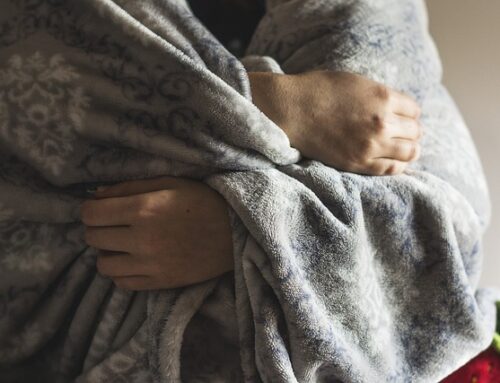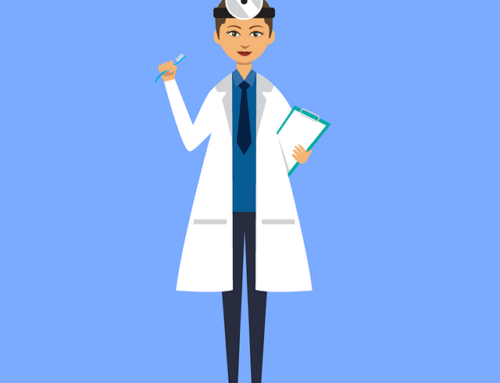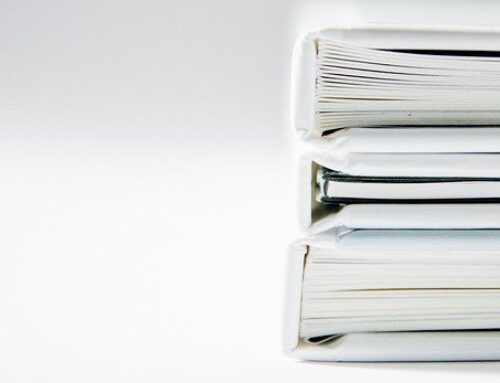Our patients should not have a problem sleeping–it should be a simple solution. When it’s nighttime and you get tired, going to bed should be the least of our patients’ worries. However, when attention deficit disorder (ADD or ADHD) is in the picture, it can be even more difficult. Sleep apnea and other sleep disorders and ADHD have a significant connection.
Patients with ADHD are more prone to sleep problems than anyone, and they often go undiagnosed. Sleep apnea, restless leg syndrome and even delayed sleep phase syndrome exacerbate ADHD symptoms. And, other times, patients might even be misdiagnosed with ADHD when they really have a sleep disorder.
Tips to help patients sleep
Sleep apnea can often mimic ADHD symptoms, which can cause inattentiveness and restlessness in those who do not have ADHD. At the same time, sleep apnea can also worsen symptoms in patients who do have ADHD.
Before we dive into some tips to share with your patients, let’s look at primary and behavioral sleep problems. Primary sleep disorders are physical conditions that disrupt sleep. This would include sleep apnea. For behaviorally based sleep problems, it is linked to ADHD and are common in children who cannot make the transition to bedtime without commotion that ends up disrupting sleep.
If the sleep condition is related to behavior, try to encourage your patients to do the following:
- Remove all screens from the bedroom. If they remain, try to turn off all screens at least two hours before bedtime.
- Go to bed at the same time every night.
- Get up at the same time every morning.
- Don’t do work in your bed. Avoid working in your bedroom.
- Exercise regularly.
- Reduce alcohol and caffeine intake.
- Review ADHD medications with their doctor.
- Establish a “winding down” routine before bedtime.
These tips can potentially help patients with ADHD and sleep apnea, but the use of an oral appliance will significantly improve sleep as well. What other tips do you have for your patients that have worked?




